What is eco-brutalism? Inside the green monoliths of the movement
The juxtaposition of stark concrete and tumbling greenery is eminently Instagrammable, but how does this architectural movement address the sustainability issues associated with brutalism?
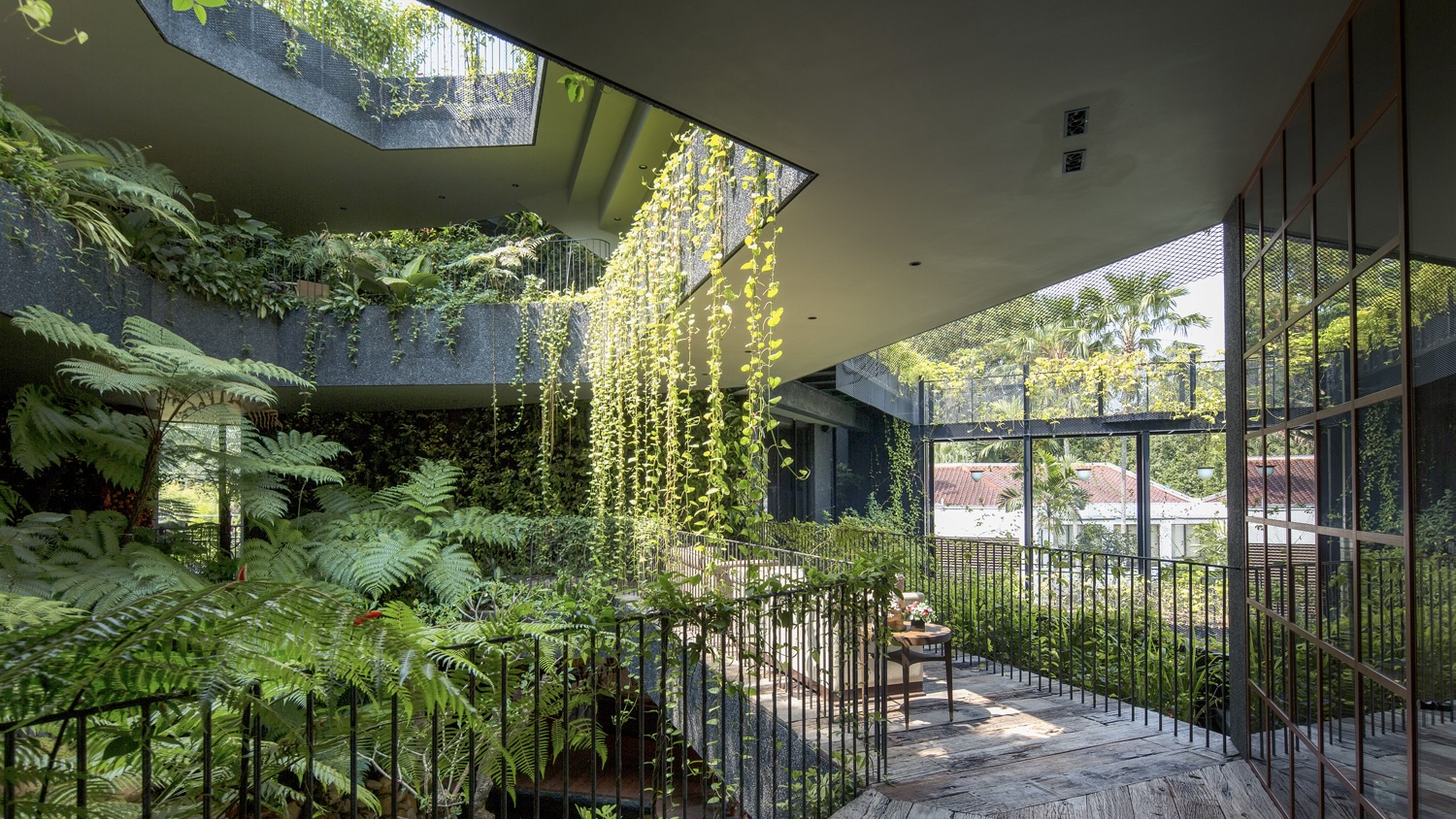
What is eco-brutalism?
If you move in architecture circles, chances are you’ve heard the term ‘eco-brutalism’ floating around. It refers to an emerging movement that incorporates the tenets of brutalism – exposed materials, functional, largely concrete-based – and principles of sustainable building; mainly the integration of biophilic design, which emphasises the connection between humans and nature.
What makes eco-brutalism ‘eco’?
The idea of transforming something cold and imposing into a green oasis is attractive. But does this trend go beyond aesthetics? What is the purpose of eco-brutalism?
Traditionally, brutalism has faced criticism for its environmental impact, largely stemming from its use of concrete, the production of which uses large amounts of water, raw materials and energy. Eco-brutalism seeks to reframe the style with modern ecological priorities in mind.
Eco-brutalist structures may incorporate hanging or vertical gardens, moss-covered façades or green roofs, which can improve air quality, promote biodiversity and regulate temperature (plants act as natural insulators and shade-givers, reducing indoor temperatures in summer and retaining heat in winter, thus reducing reliance on artificial temperature control).
It’s important, however, to note that the use of plants is not de facto evidence of green architecture. An eco-brutalist building should also, ideally, use eco-friendly materials such as recycled or low-carbon concrete (such as Seratech's carbon-neutral composite cement, which won the company an Obel award in 2022), reclaimed wood or salvaged steel, or replace traditional cement with alternatives like fly ash or slag. It may also integrate sustainable building principles like passive cooling (such as cross-ventilation systems for airflow), solar panels and rainwater collection systems.
The buildings of eco-brutalism
Jungle House, Brazil
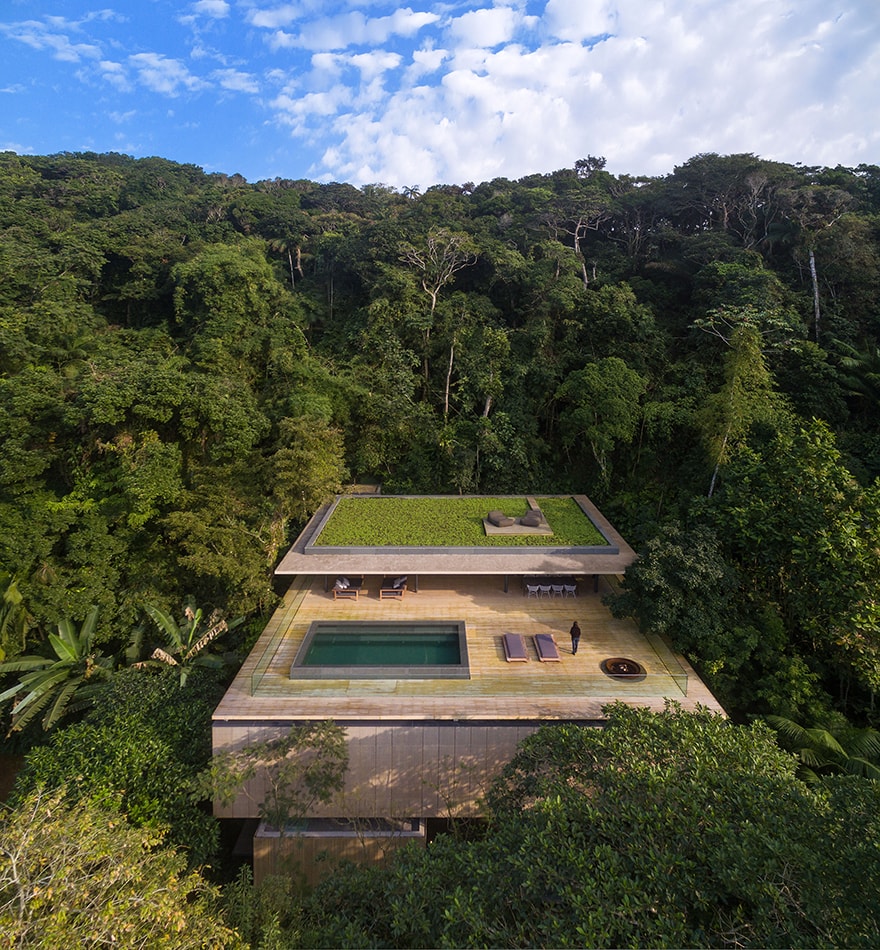
Designed by Brazil-based Studio mk27 (whose founder, Marcio Kogan, guest edited Wallpaper's October issue in 2024), the Jungle House, also known as Casa na Mata, is a striking residence nestled in Brazil’s Atlantic Rainforest. Completed in 2015, the building features clean lines and exposed concrete, and is sequestered among native plants (to ensure minimal ecological disruption). Jungle House also uses accoya wood, chosen for its durability in humid climates, and is perched on pillars to minimise its ground footprint.
Art Villa, Costa Rica
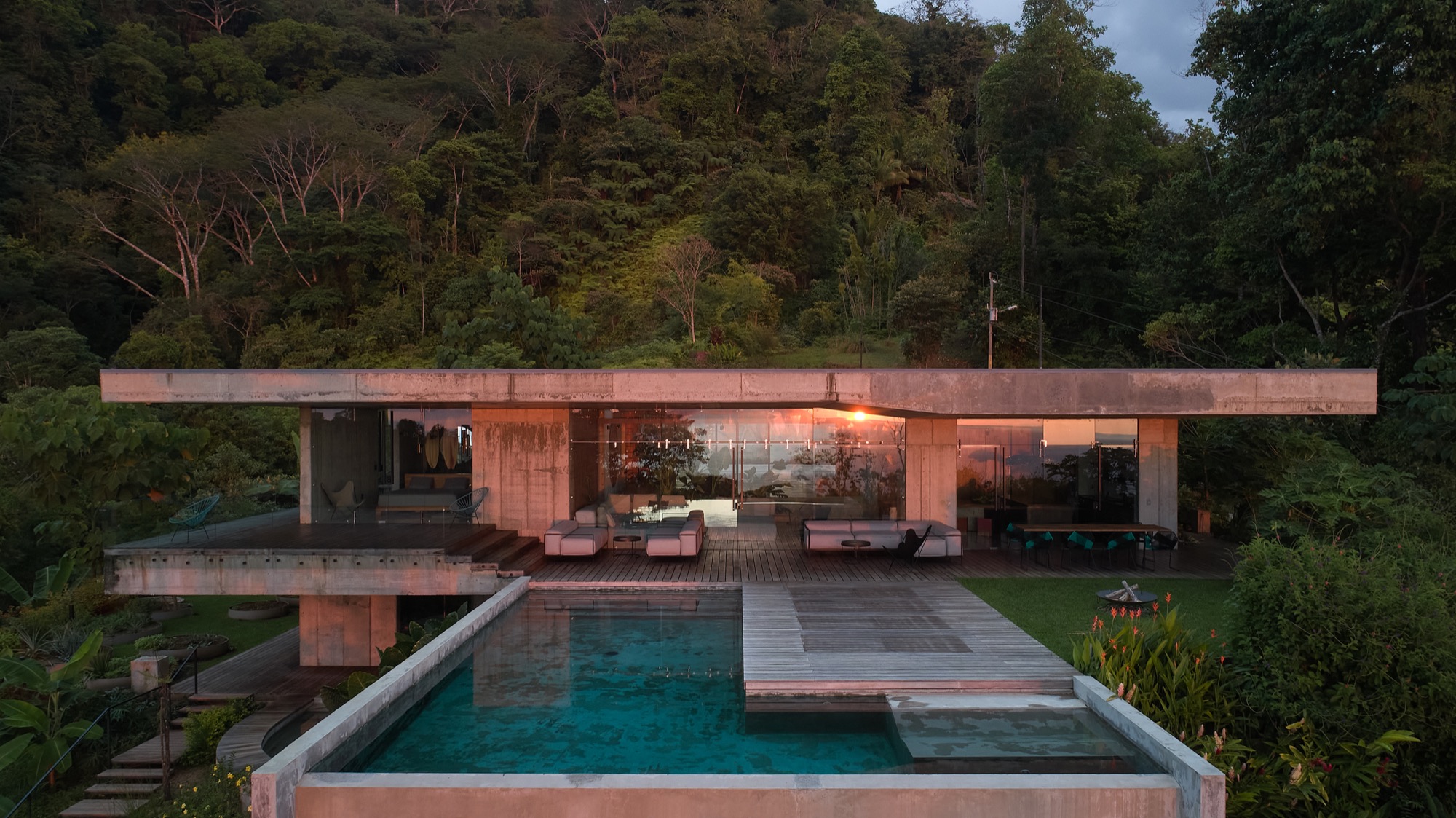
Part of the Art Villas resort in Playa Hermosa, this two-storey concrete structure, designed by Refuel Works and Formafatal, features a minimalist aesthetic inspired by Brazilian architect Paulo Mendes da Rocha. The villa has a steel frame and a green roof that helps cool it, reducing the need for air conditioning, while perforated aluminum panels allow for natural ventilation and also create a dynamic play of light and shadow inside.
Receive our daily digest of inspiration, escapism and design stories from around the world direct to your inbox.
Mamun Residence, Bangladesh

This monolithic residence was designed by Shatotto Architecture and exemplifies a blend of modernist and climate-responsive architecture. Aesthetically, the Chittagong home draws inspiration from the traditional ‘mathal’ hat; in terms of innovative design, it features a concrete shell that serves as a protective barrier against strong winds, while layered parasols and overhangs and integrated gardens provide shade, promote natural cooling and improve air quality.
Hotel Terrestre, Mexico
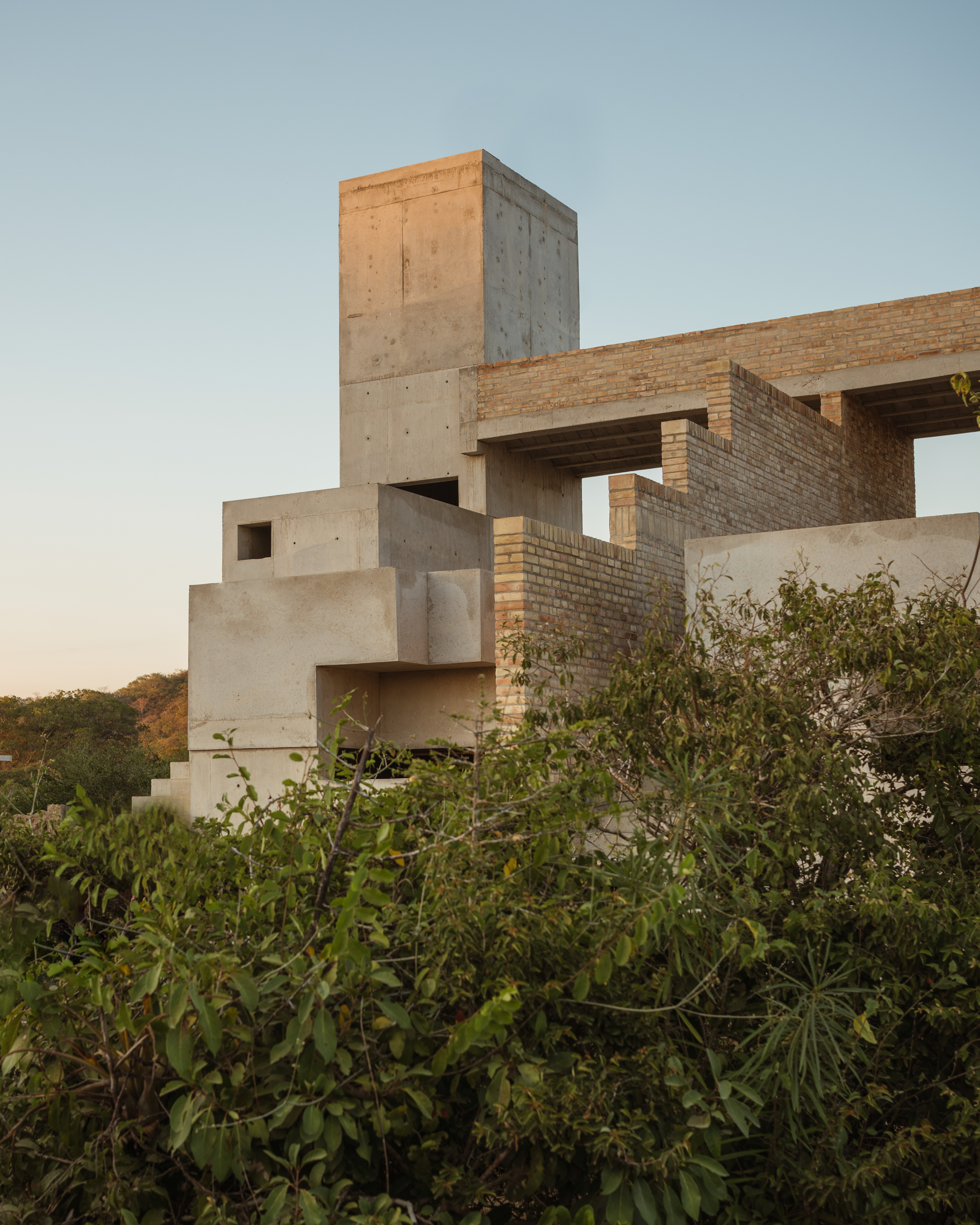
Designed by architect Alberto Kalach, Oaxaca resort Hotel Terrestre won a Wallpaper* Design Award in 2022. It comprises minimalist, geometric villas built from local materials like clay, brick, wood and concrete. The design draws inspiration from Mesoamerican step-pyramids, and is enveloped in native vegetation including copal trees, mesquite and orchids, creating a sanctuary for local wildlife. Impressively, the hotel operates completely off-grid, powered entirely by solar energy. The design also utilises passive cooling and natural ventilation to the extent that the need for air conditioning is eliminated.
The Barbican Centre, UK
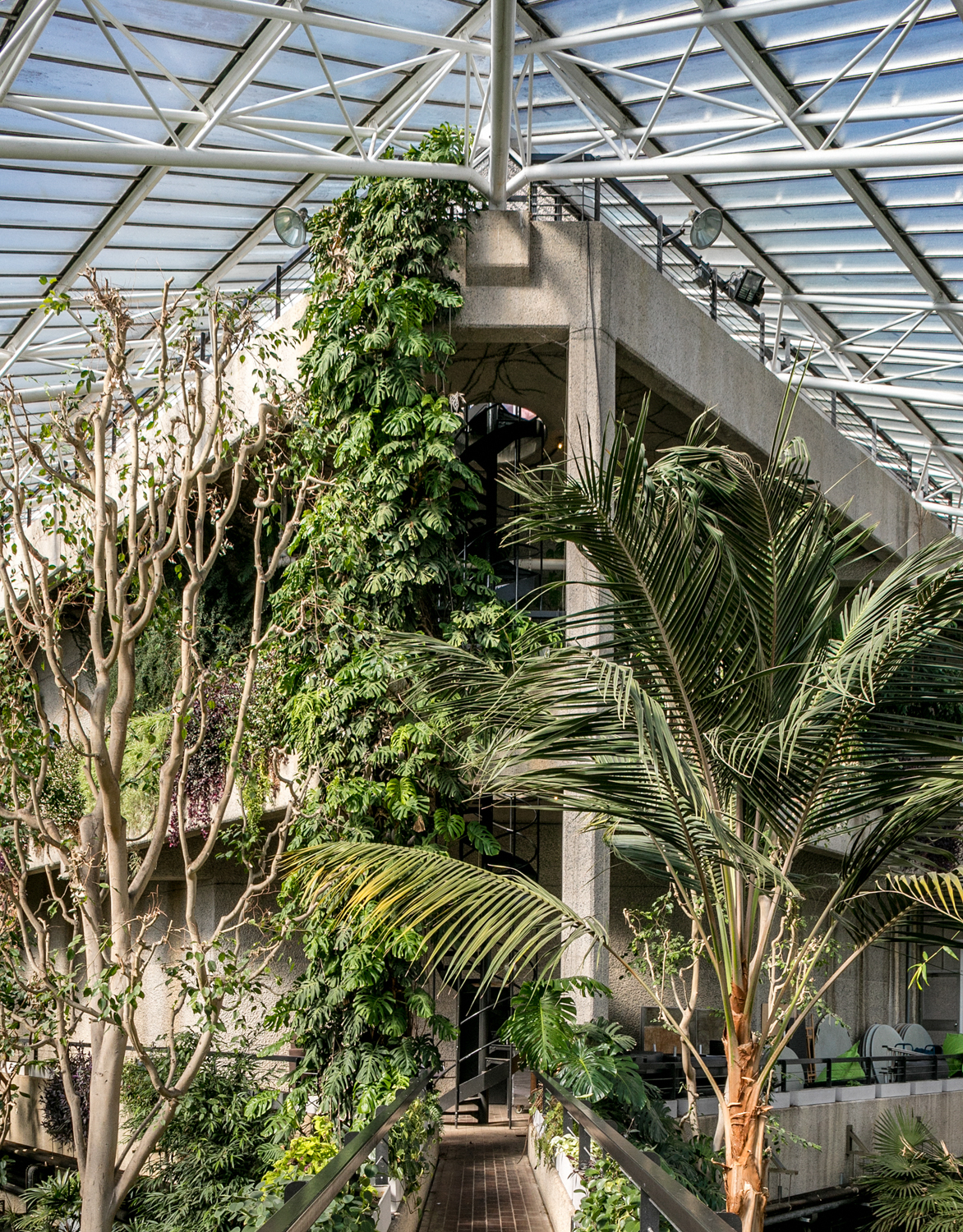
From the book Brutalist Plants by Olivia Broome, published by Hoxton Mini Press
London’s Grade II-listed Barbican is a brutalist gem, originally built between 1971 and 1982 as an example of modern urban architecture in an area that was heavily bombed during the Second World War. This is a great example of eco-brutalism because it has been retrofitted to make it operate more sustainably; the Barbican Centre now uses 100 per cent renewable energy and aims to achieve net-zero carbon emissions through building system upgrades. The building’s conservatory contains over 1,500 plant species, promoting biodiversity in the heart of London.
More examples of eco-brutalist buildings
Reinforced hillside, Japan

From Brutalist Plants by Olivia Broome, published by Hoxton Mini Press
This civil engineering project features a concrete grid system designed to prevent landslides on the steep terrain. Despite its utilitarian purpose, it has become a revered architectural feature of the island of Aogashima.
Les Étoiles d’Ivry, France
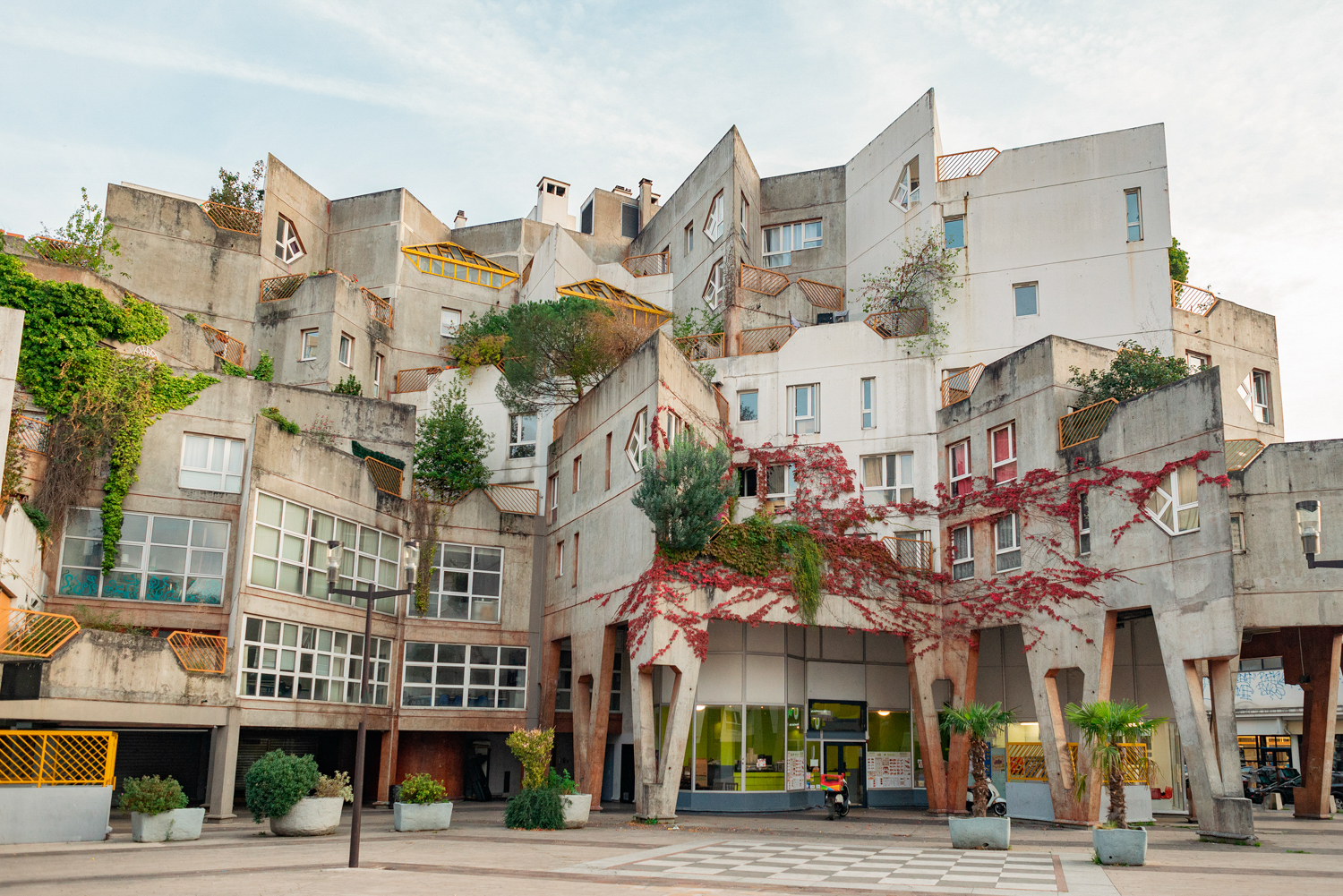
From Brutalist Plants by Olivia Broome, published by Hoxton Mini Press
Les Étoiles d’Ivry is a social housing complex located in the Parisian suburb of Ivry-sur-Seine, constructed between 1969 and 1975. Designed by Renée Gailhoustet and Jean Renaudie, the project was built as part of an urban renewal initiative and included extensive planting as part of its original scheme.
Jurong Bird Park, Singapore
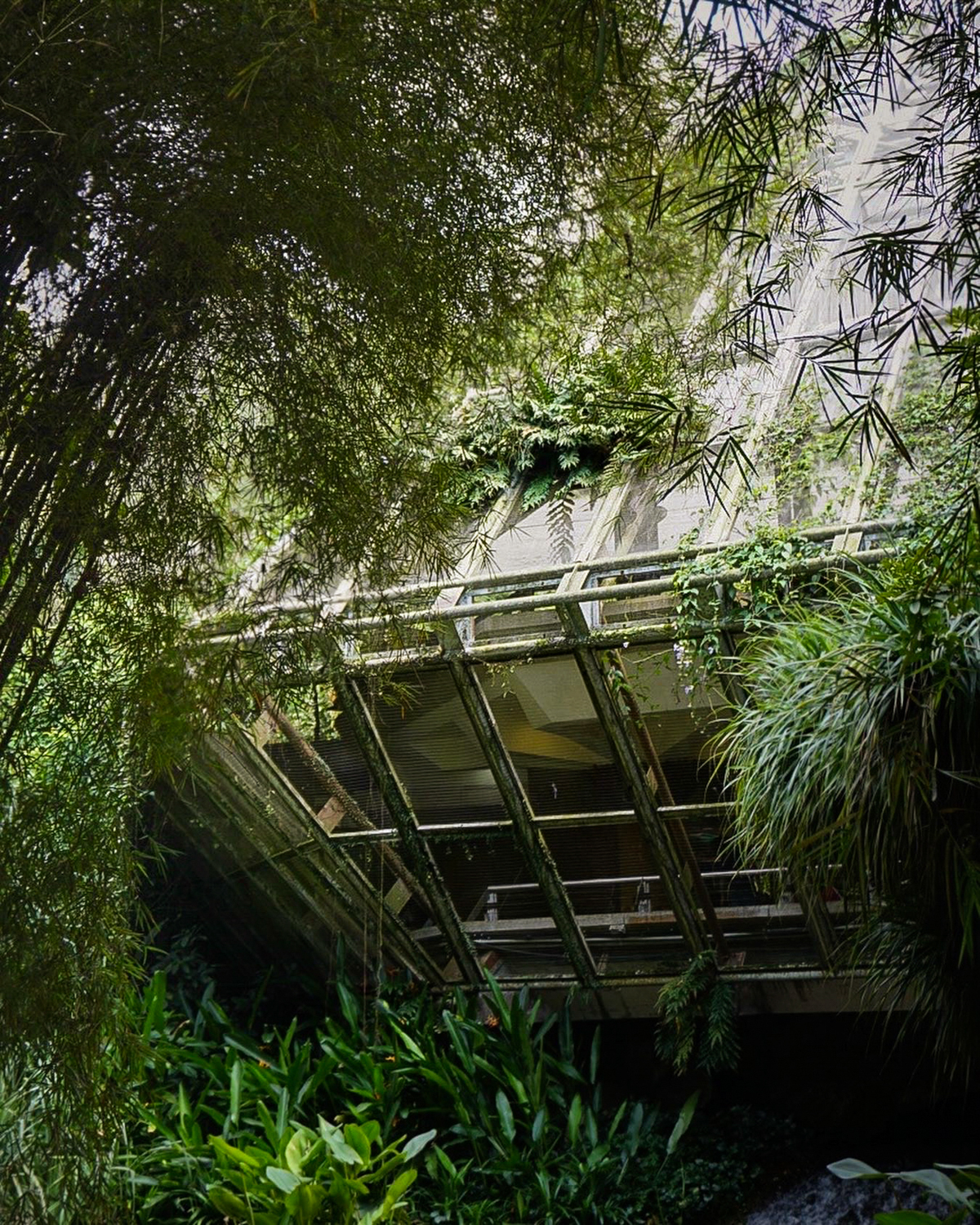
From Brutalist Plants by Olivia Broome, published by Hoxton Mini Press
Jurong Bird Park was a well-known tourist attraction in Singapore, designed by architects John Yealland and J Toovey. When it opened in 1971, it housed over 3,500 birds across 400 species, championing biodiversity.
Anna Solomon is Wallpaper’s digital staff writer, working across all of Wallpaper.com’s core pillars. She has a special interest in interiors and curates the weekly spotlight series, The Inside Story. Before joining the team at the start of 2025, she was senior editor at Luxury London Magazine and Luxurylondon.co.uk, where she covered all things lifestyle and interviewed tastemakers such as Jimmy Choo, Michael Kors, Priya Ahluwalia, Zandra Rhodes, and Ellen von Unwerth.
-
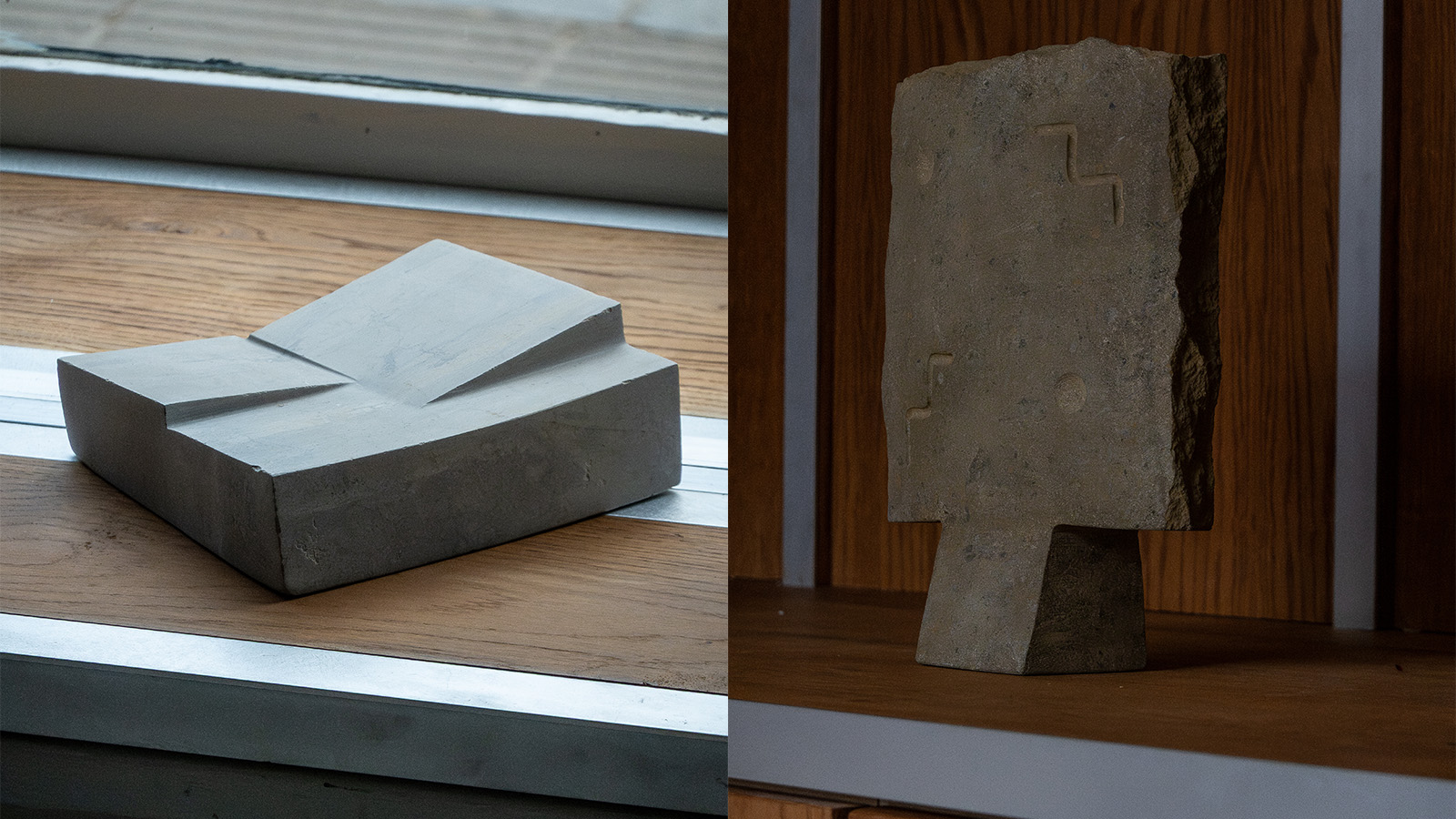 Samuel Collins’ stone sculptures capture the raw and rugged nature of the British landscape
Samuel Collins’ stone sculptures capture the raw and rugged nature of the British landscapeThe British artist and sculptor presents 'Silence Split', a series of stone sculptures which presents an abstract take on the horizontal and vertical landscape
-
 Houston's Ismaili Centre is the most dazzling new building in America. Here's a look inside
Houston's Ismaili Centre is the most dazzling new building in America. Here's a look insideLondon-based architect Farshid Moussavi has created a new building open to all – and in the process, has created a gleaming new monument
-
 A postcard from Irish Design Week 2025
A postcard from Irish Design Week 2025How Ireland's collaborative design culture, from Kilkenny's 60-year legacy to island circularity offers an expansive model for the future
-
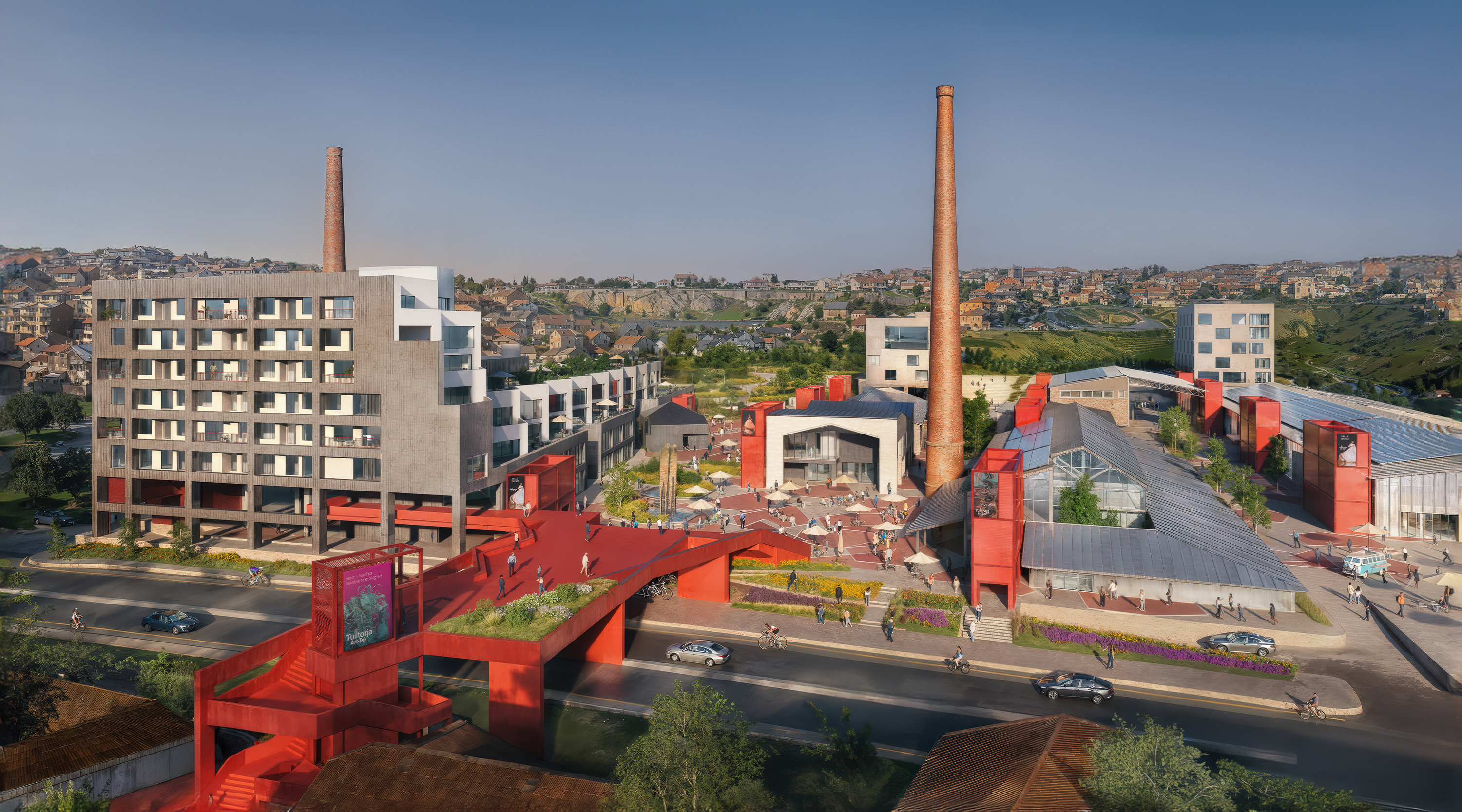 At the Holcim Foundation Forum and its Grand Prizes, sustainability is both urgent and hopeful
At the Holcim Foundation Forum and its Grand Prizes, sustainability is both urgent and hopefulThe Holcim Foundation Forum just took place in Venice, culminating in the announcement of the organisation's Grand Prizes, the projects especially honoured among 20 previously announced winning designs
-
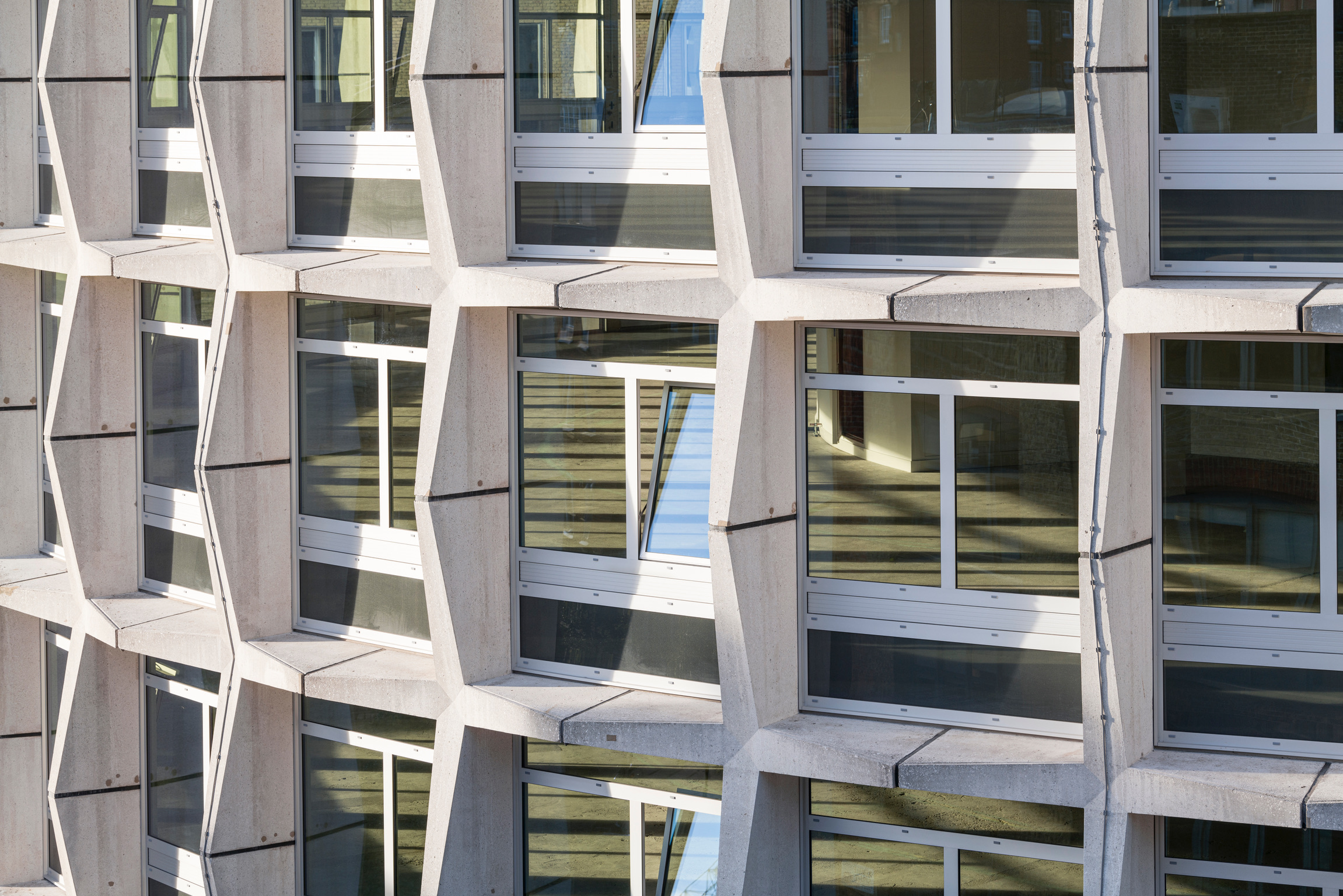 Richard Seifert's London: 'Urban, modern and bombastically brutalist'
Richard Seifert's London: 'Urban, modern and bombastically brutalist'London is full of Richard Seifert buildings, sprinkled with the 20th-century architect's magic and uncompromising style; here, we explore his prolific and, at times, controversial career
-
 The Architecture Edit: Wallpaper’s houses of the month
The Architecture Edit: Wallpaper’s houses of the monthFrom Malibu beach pads to cosy cabins blanketed in snow, Wallpaper* has featured some incredible homes this month. We profile our favourites below
-
 A neo-brutalist villa for an extended family elevates a Geneva suburb
A neo-brutalist villa for an extended family elevates a Geneva suburbLacroix Chessex Architectes pair cost-conscious concrete construction with rigorous details and spatial playfulness in this new villa near Geneva
-
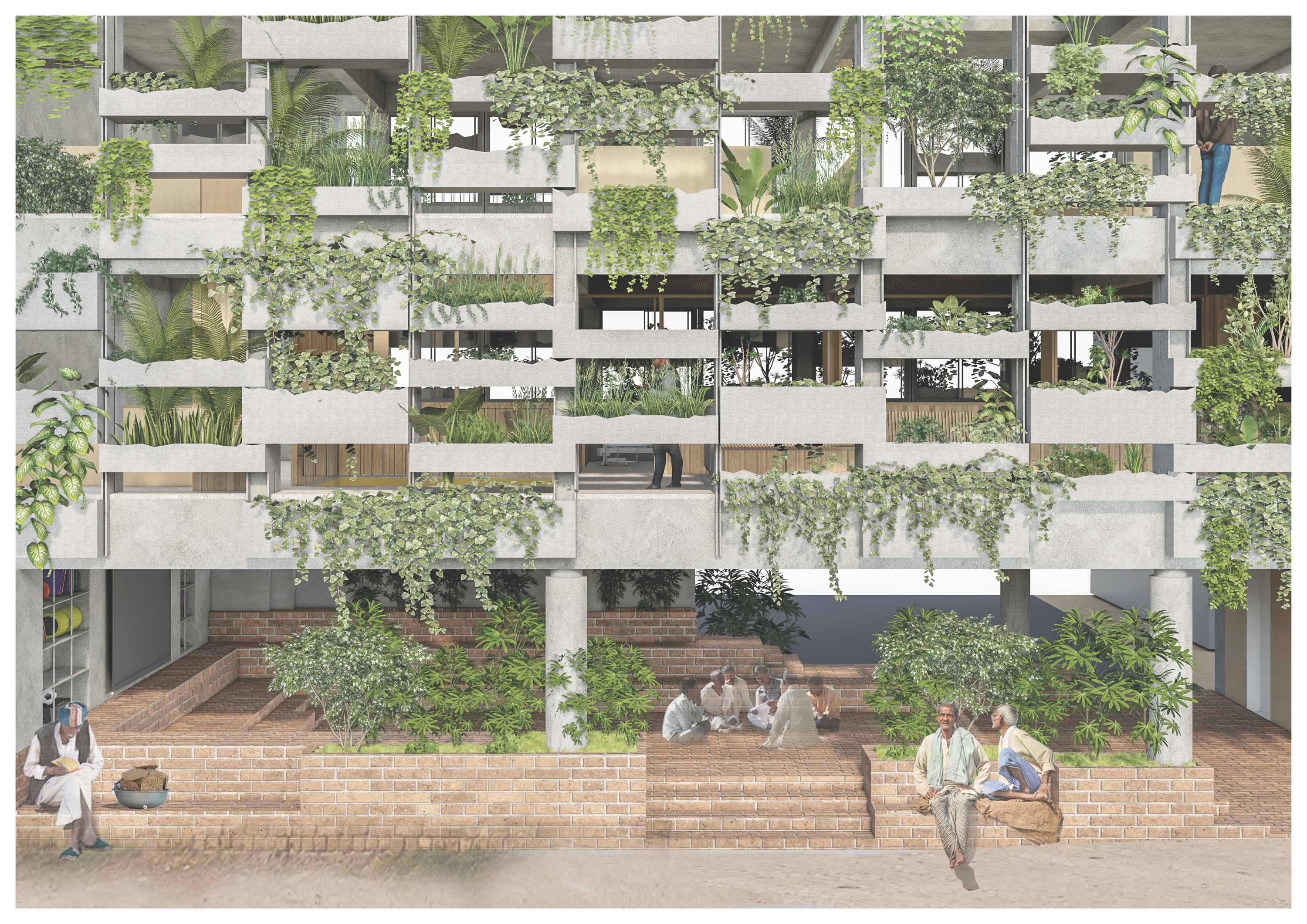 Holcim Foundation Awards celebrate sustainability with 20 winners; Sou Fujimoto explains all
Holcim Foundation Awards celebrate sustainability with 20 winners; Sou Fujimoto explains allThe 2025 Holcim Foundation Awards have just been announced, crowning 20 projects from across the globe as the most inspirational schemes in the field of sustainable architecture; we caught up with Asia Pacific jury chair Sou Fujimoto to find out more
-
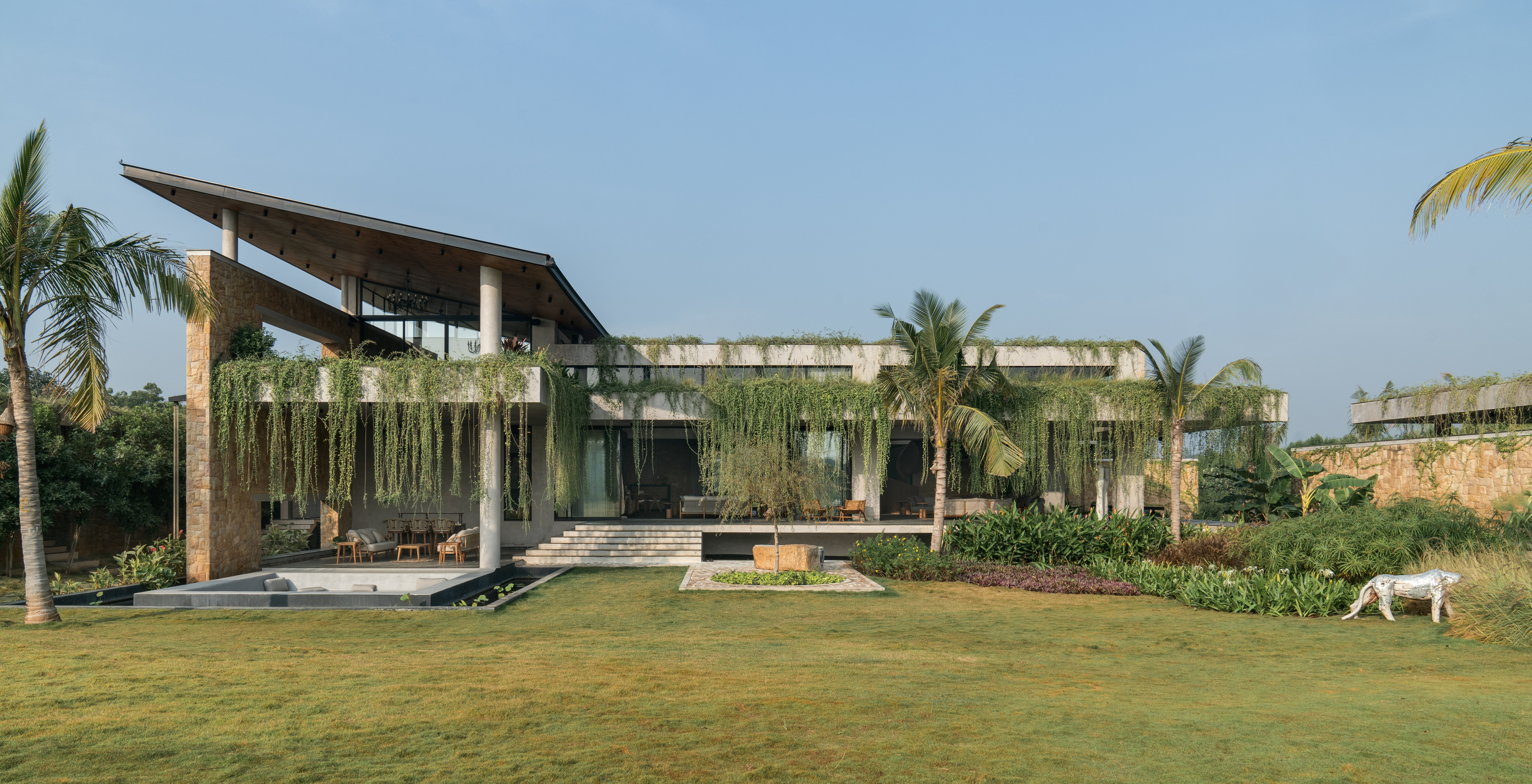 Cascading greenery softens the brutalist façade of this Hyderabad home
Cascading greenery softens the brutalist façade of this Hyderabad homeThe monolithic shell of this home evokes a familiar brutalist narrative, but designer 23 Degrees Design Shift softens the aesthetic by shrouding Antriya in lush planting
-
 Spice up the weekly shop at Mallorca’s brutalist supermarket
Spice up the weekly shop at Mallorca’s brutalist supermarketIn this brutalist supermarket, through the use of raw concrete, monolithic forms and modular elements, designer Minimal Studio hints at a critique of consumer culture
-
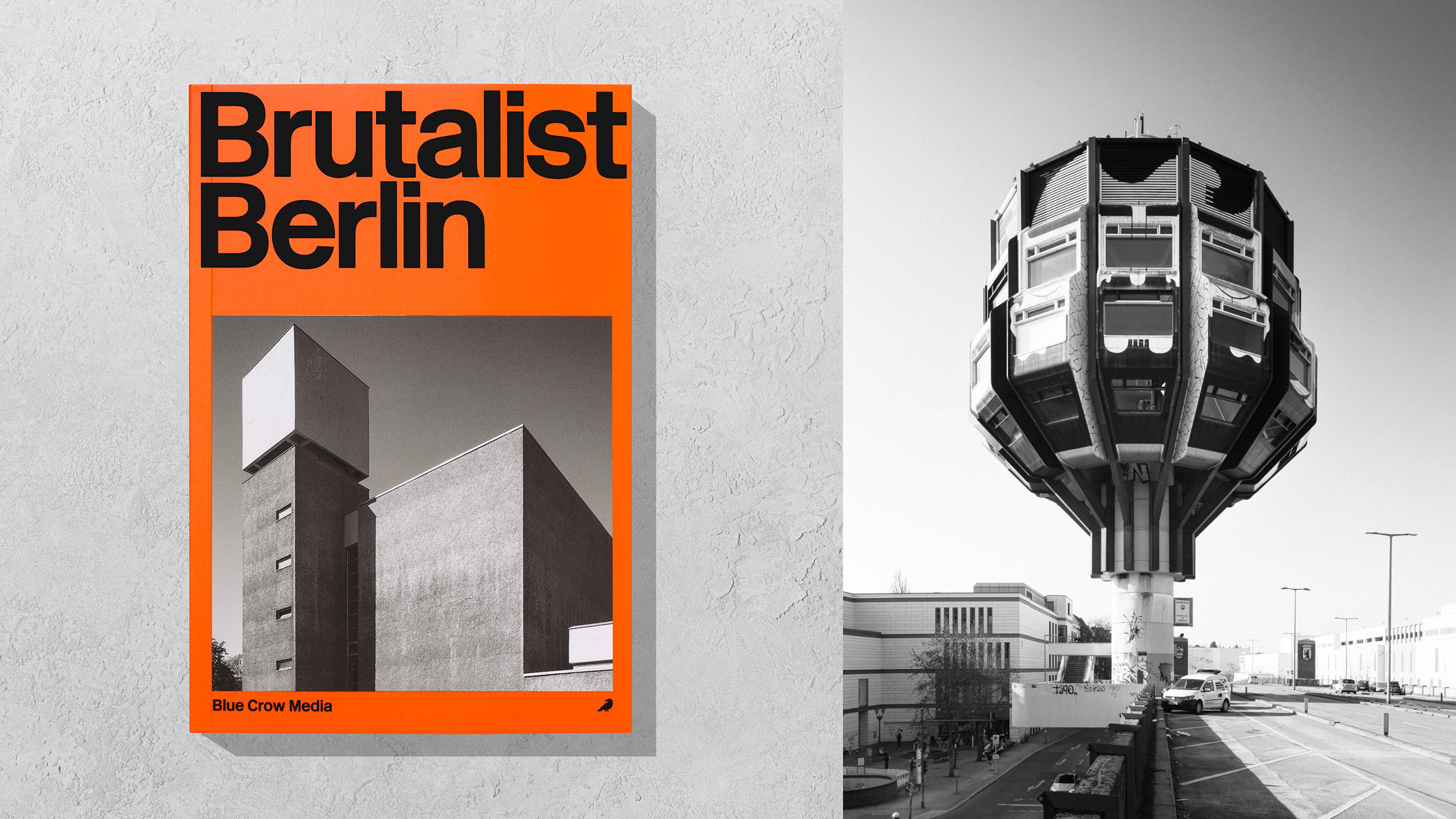 ‘Brutalist Berlin’ is an essential new guide for architectural tourists heading to the city
‘Brutalist Berlin’ is an essential new guide for architectural tourists heading to the cityBlue Crow Media’s ‘Brutalist Berlin’ unveils fifty of the German capital’s most significant concrete structures and places them in their historical context